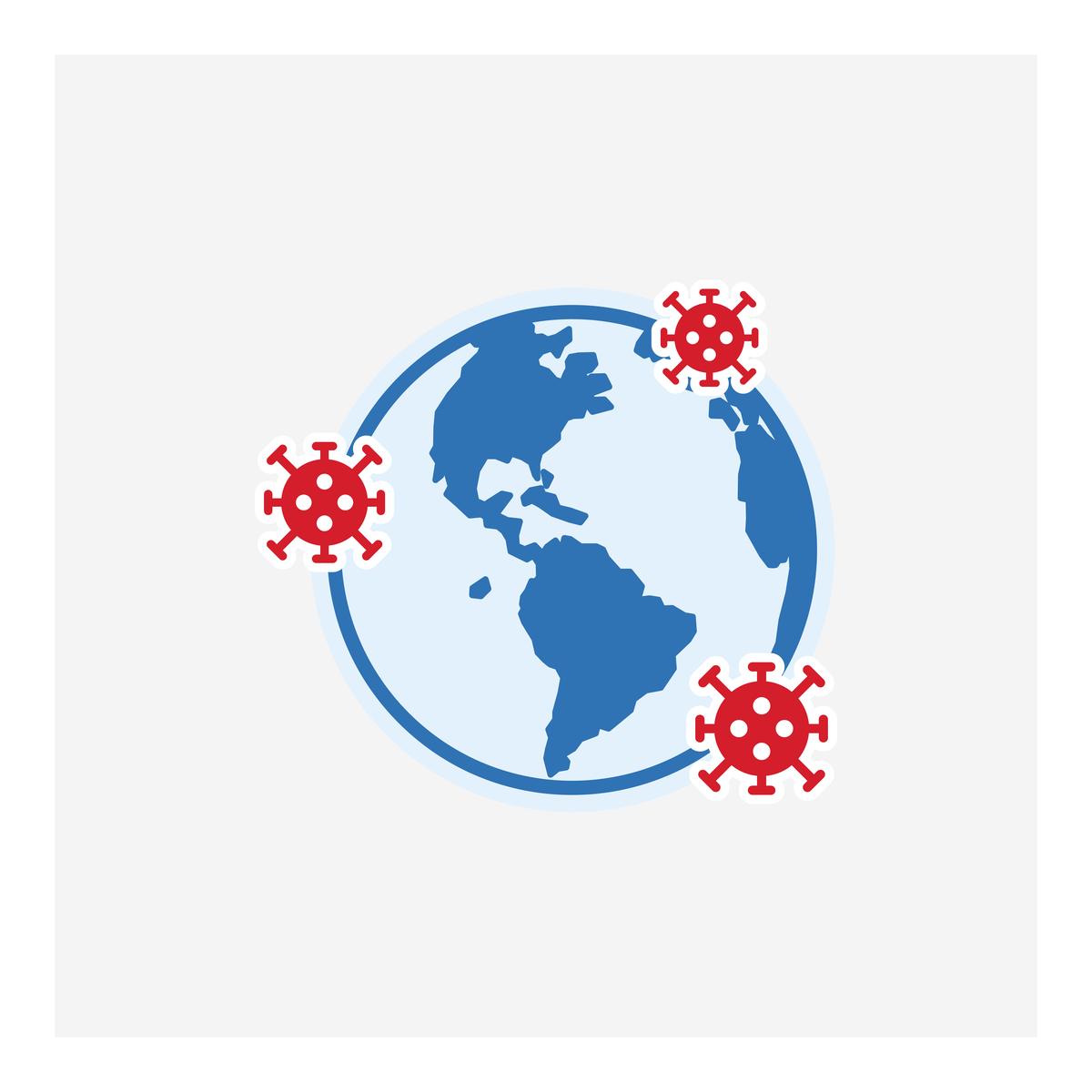Context
The global struggle for a pandemic treaty has emerged as a pivotal issue in international health governance, particularly in the aftermath of the COVID-19 pandemic. The need for a robust framework to address pandemic preparedness, response, and equitable access to medical resources has become increasingly apparent. This treaty aims to fortify global health systems and ensure that all countries, especially low- and middle-income nations, are equipped to handle future health crises.

The 77th World Health Assembly
- The recent 77th World Health Assembly (WHA) in Geneva highlighted the ongoing negotiations surrounding the Pandemic Agreement.
- Despite the participation of 194 World Health Organization (WHO) member states, the assembly failed to finalize the treaty after over two years of discussions.
- However, significant progress was made, including amendments to the International Health Regulations (IHR) 2005 and the extension of the Pandemic Treaty negotiating body’s mandate.
- These developments underscore a global commitment to enhancing health security and addressing the inequities exposed by the COVID-19 pandemic.
Objectives of the Pandemic Treaty
The proposed pandemic treaty aims to establish a comprehensive framework that includes:
- Data Sharing and Surveillance: Ensuring timely sharing of data and genome sequencing of emerging pathogens to facilitate rapid responses.
- Equitable Distribution of Vaccines and Therapeutics: Addressing the disparities in access to vaccines and medical resources, particularly for low- and middle-income countries.
- Strengthened Global Cooperation: Fostering collaboration among nations to enhance preparedness and response mechanisms for future pandemics.
These objectives are crucial for building a resilient global health infrastructure capable of mitigating the impacts of pandemics.
Key Issues in Negotiations
- Pathogen Access and Benefit Sharing (PABS): One of the most contentious aspects of the negotiations is the Pathogen Access and Benefit Sharing (PABS) mechanism, particularly Article 12. This article seeks to ensure that genetic resources and pathogen samples shared by developing countries are reciprocated with benefits, such as vaccines and diagnostics. Low- and middle-income countries advocate for a guarantee of at least 20% of shared pandemic products, while high-income countries have expressed reluctance to commit to such percentages. This disagreement highlights the broader issue of equitable access to resources and the need for a fair distribution framework.
- One Health Approach: The treaty emphasizes a “One Health” approach, recognizing the interconnectedness of human, animal, and environmental health. This holistic perspective is supported by high-income countries, particularly within the European Union. However, low- and middle-income countries view it as an unfunded mandate that could impose additional burdens on their already strained resources. This divergence in perspectives complicates the negotiations, as it raises questions about accountability and resource allocation in implementing the treaty.
- Accountability and Implementation: A significant concern among negotiators is the lack of real accountability in the existing International Health Regulations (IHR). The proposed Pandemic Agreement aims to address this by establishing a Conference of Parties (COP) that will review the treaty’s implementation every five years. This COP is expected to ensure transparency and effectiveness in monitoring compliance with the treaty’s provisions, which is essential for building trust among member states.
Importance of a Global Pandemic Treaty
- Building Coherence and Avoiding Fragmentation: A legally binding treaty under the WHO’s umbrella would help build coherence in global health responses and avoid fragmentation of efforts. By establishing common metrics for health investments and ensuring sustained political commitment, the treaty aims to mobilize nations to work collaboratively towards shared health goals.
- Early Warning Systems and Rapid Response Mechanisms: The treaty proposes the establishment of formal early warning systems and properly funded rapid response mechanisms. These systems are vital for detecting and responding to emerging health threats in a timely manner, thereby reducing the potential impact of future pandemics.
- Enhancing Equity in Access to Medical Countermeasures: One of the primary goals of the pandemic treaty is to improve equity in access to quality medical countermeasures, including vaccines, therapeutics, and diagnostics. The treaty seeks to facilitate the sharing of monitoring data, genetic data, and technology, ensuring that all countries, regardless of their economic status, can access essential health resources during emergencies.
The Way Forward
- Need for Skilled Diplomacy and Political Will: The successful negotiation and implementation of the pandemic treaty will require skilled diplomats and political leaders who understand the importance of international cooperation and mutual solidarity. The ongoing discussions must prioritize the needs of vulnerable populations and ensure that the treaty addresses the systemic inequities highlighted during the COVID-19 pandemic.
- Future Prospects: The timeline for finalizing the pandemic treaty is set for consideration by the 78th World Health Assembly in May 2025. The upcoming negotiations will be crucial in determining the treaty’s final structure and provisions. Stakeholders must remain engaged and committed to achieving a comprehensive agreement that prioritizes global health security and equity.
Conclusion
The global struggle for a pandemic treaty represents a critical juncture in international health governance. As the world grapples with the lessons learned from the COVID-19 pandemic, the need for a robust, equitable, and legally binding framework has never been more urgent. By addressing key issues such as pathogen access, benefit sharing, and accountability, the proposed treaty has the potential to transform global health responses and ensure that all nations are prepared for future health crises. The path forward will require collaboration, commitment, and a shared vision for a healthier, more equitable world.
Source: The Hindu
UPSC Mains Practice Question
Q. Discuss the significance of a global pandemic treaty in the context of international cooperation and public health security. What are the key challenges and opportunities in establishing such a treaty? (250 words)
